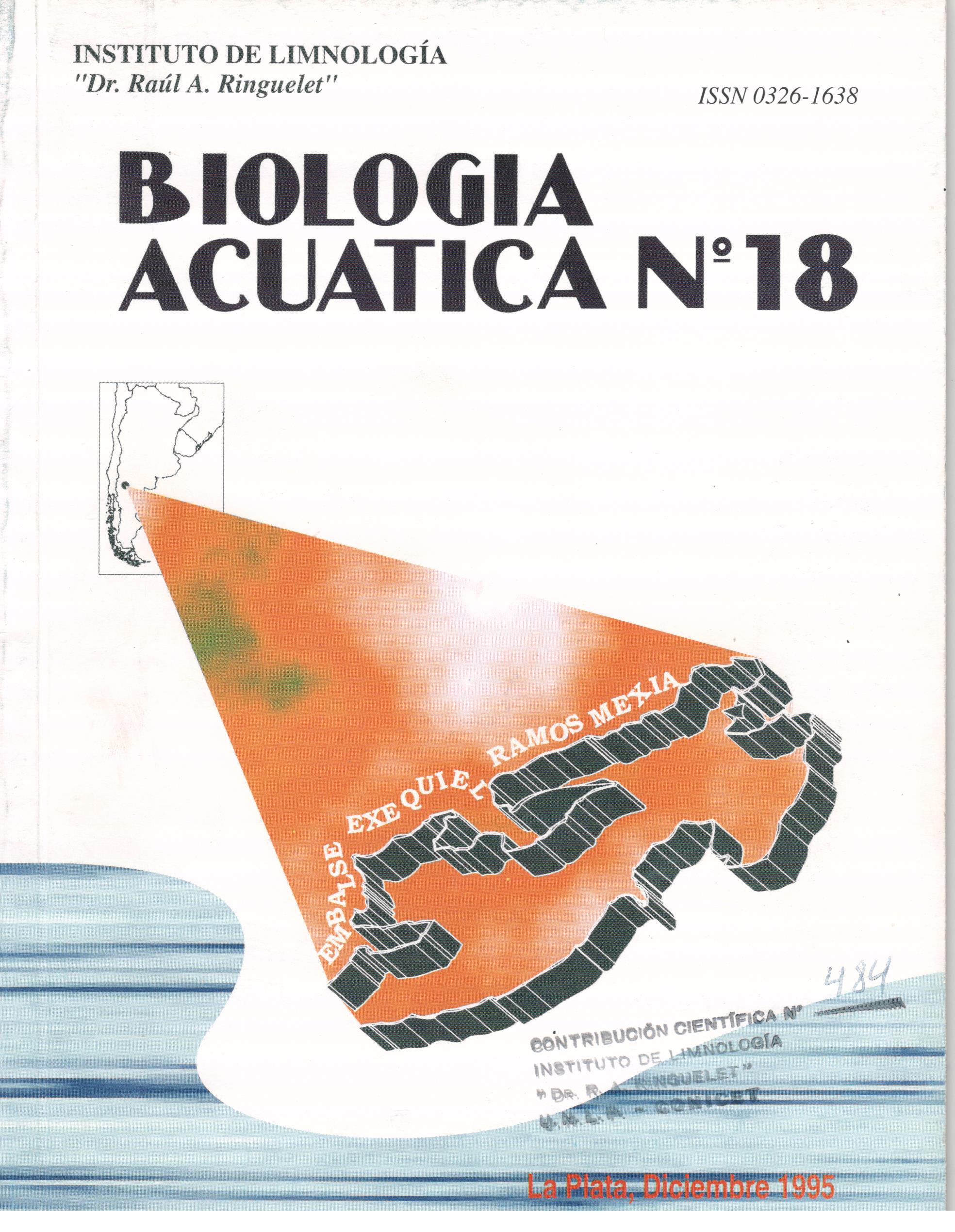Medición de la producción bacteriana en un embalse patagónico. Variaciones espacio temporales y relaciones con la producción primaria
Keywords:
bacteria, algae, production, reservoir, ArgentinaAbstract
The purpose of this work is the assessment of the relationships between bacterioplanktonic biomass and secondary production and biomass and primary production of the phytoplankton. The research was carried out at the Ezequiel Ramos Mexia reservoir, a 816 km2 waterbody located in Neuquén province (Argentina). Similar trends were observed at the three sampling sites, with maximum values of bacterial production in coincidence with primary production peaks in the water column. Significant values of bacterial production also accurred in the aphotic zone. Maximum production rates were observed in summer, seasonal variations revealing a pattern similar to that of the primary production. Temperature seems to be an important regulator of this trend. The lack of correlation between bacterial numbers and their production rates suggests that in winter, when bacterial densities are highest and their production is lowest, most bacteria are in starvation or dormant stages.





















